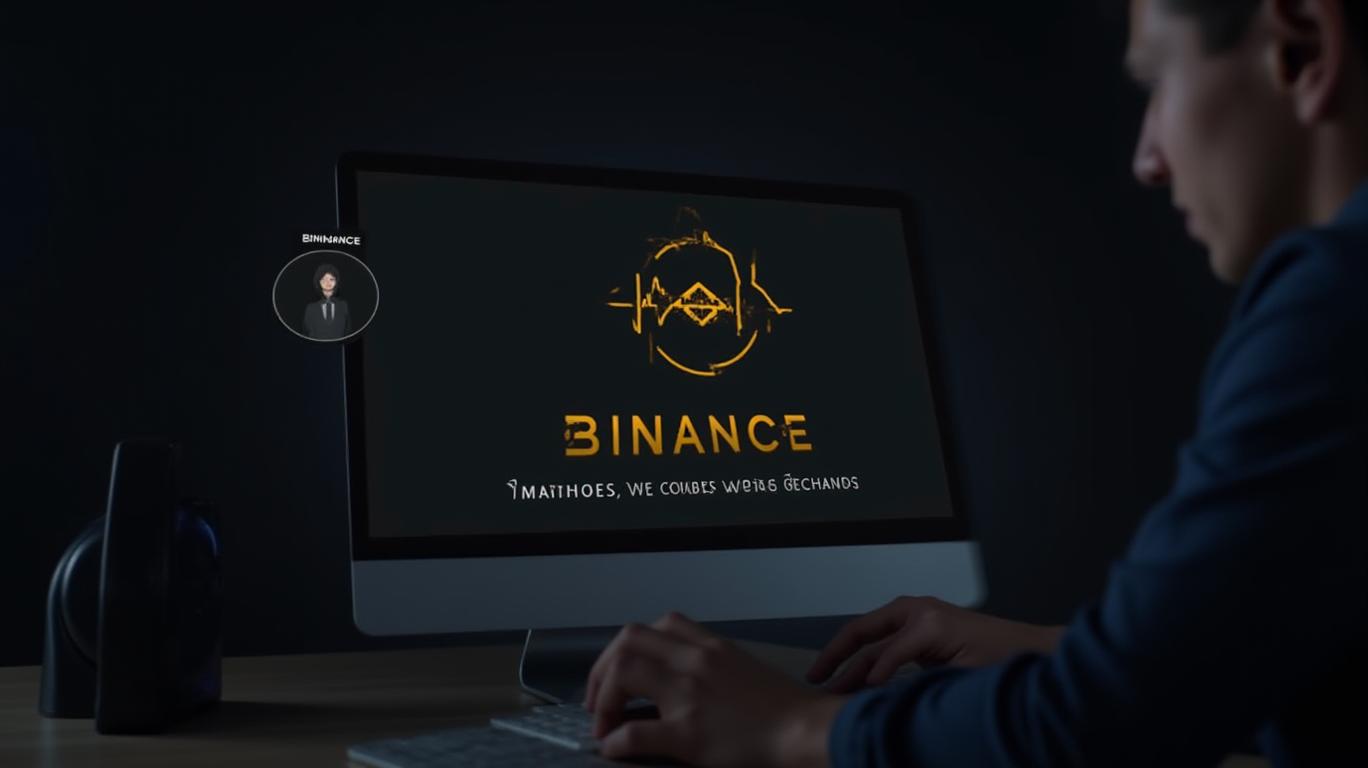AInvest Newsletter
Daily stocks & crypto headlines, free to your inbox
Binance, a prominent global cryptocurrency exchange, has issued an urgent alert to its users, warning of a growing trend of scams targeting the platform's peer-to-peer (P2P) trading feature. These scams involve fraudsters tricking users into releasing their cryptocurrency without receiving any real payment in return, posing a significant risk to users who rely on centralized exchanges for convenience.
The alert highlights the inherent risks associated with holding cryptocurrency on centralized platforms. Despite their convenience, these exchanges have repeatedly proven to be high-risk environments. Users who leave their cryptocurrency on exchanges are essentially giving someone else control over their digital wallet, hoping that their funds will be managed securely. However, history has shown that this trust can be misplaced, leading to severe financial losses.
One of the most alarming examples of the risks involved in using centralized exchanges is the case of Mt.
. Once the largest Bitcoin exchange globally, Mt. Gox lost 850,000 BTC in a series of attacks that went undetected for years. When the theft was finally discovered in 2014, it not only led to the collapse of Mt. Gox but also caused a major market crash, leaving users with little to no recourse. Even today, major platforms like Binance and Bybit remain vulnerable to cyberattacks, as evidenced by the 7,000 BTC hack on Binance in 2019 and the February 2025 hack on Bybit.Insider fraud is another significant threat. The fall of FTX in 2022 serves as a stark reminder of the dangers posed by internal misconduct. Executives at FTX secretly used billions of dollars in user funds to prop up failing bets at their sister company, Alameda Research. The lack of independent audits and transparency allowed this fraud to go undetected until it was too late, resulting in the collapse of FTX and a significant impact on the broader crypto market.
Operational mismanagement can also lead to the loss of user funds. The collapse of QuadrigaCX in 2018 is a prime example. The Canadian exchange owed customers $190 million, but access to the bulk of its crypto holdings was lost when its founder, Gerald Cotten, died unexpectedly. He was the only one with the passwords to the cold wallets, and there was no backup plan or succession protocol in place. A later investigation revealed that Cotten had likely been running a Ponzi scheme, using customer deposits to fund personal expenses and trading losses.
Regulatory crackdowns pose another risk to users of centralized exchanges. In 2021, China's sweeping crackdown on crypto hit users hard, with exchanges forced to shut down operations overnight. Accounts were frozen, withdrawals were blocked, and users were suddenly locked out of their funds with no warning and no timeline for resolution. Similar risks exist in other jurisdictions, where regulatory actions can lead to the freezing of accounts and the loss of access to funds.
Even without major scandals or legal actions, users can lose access to their funds due to simple errors, internal policies, or automated systems that flag accounts incorrectly. If an exchange account is flagged for suspicious activity, it can be frozen pending a compliance review, a process that can take days, weeks, or even months. In some cases, users never get a resolution, highlighting the lack of control they have over their assets when using centralized platforms.
In light of these risks, Binance's alert emphasizes the importance of self-custody. Self-custody involves holding one's own private keys, which are the cryptographic strings that unlock crypto funds on the blockchain. By managing their own keys through a self-custody solution, users ensure that no exchange mishap or third-party negligence can strip them of their assets. This approach offers true control over digital assets, low exposure to counterparty risk, enhanced security options, greater privacy, and unmatched flexibility in managing assets.
Self-custody solutions range from hardware wallets, which keep private keys offline and are practically immune to remote hacking attempts, to cold wallets for offline security and multi-signature wallets for added protection. These options allow users to tailor their security setup to match their level of technical comfort and risk tolerance. Additionally, self-custody offers enhanced privacy by eliminating the need for extensive identity verification through KYC protocols, which link personal data to crypto transactions.
In conclusion, while centralized exchanges offer speed, liquidity, and convenience, they come with serious trade-offs. The illusion of safety can vanish overnight due to mismanagement, fraud, hacks, or government pressure. History has shown that centralized exchanges, no matter how reputable they seem, are never entirely safe. Self-custody, on the other hand, provides a level of freedom and security that traditional finance rarely offers. It empowers users to take full control of their financial future, ensuring that no third party can freeze, steal, or misplace their funds. As the old saying goes, "Not your keys, not your coins."

Quickly understand the history and background of various well-known coins

Dec.02 2025

Dec.02 2025

Dec.02 2025

Dec.02 2025

Dec.02 2025
Daily stocks & crypto headlines, free to your inbox
Comments
No comments yet